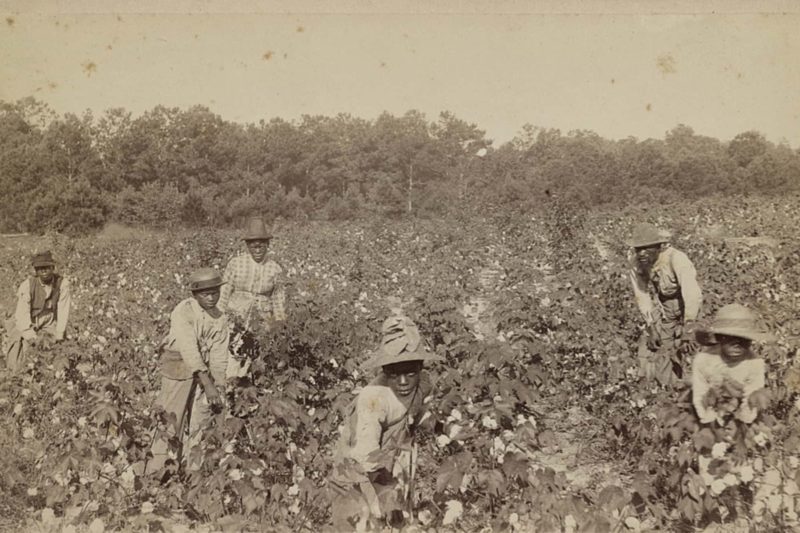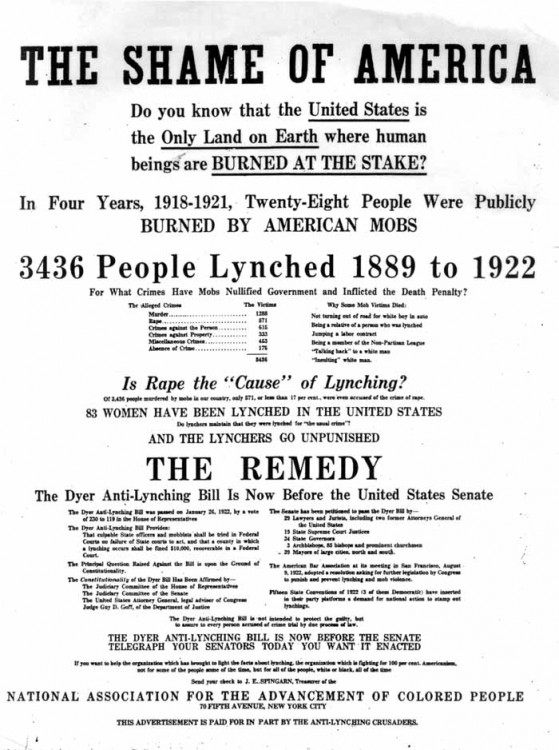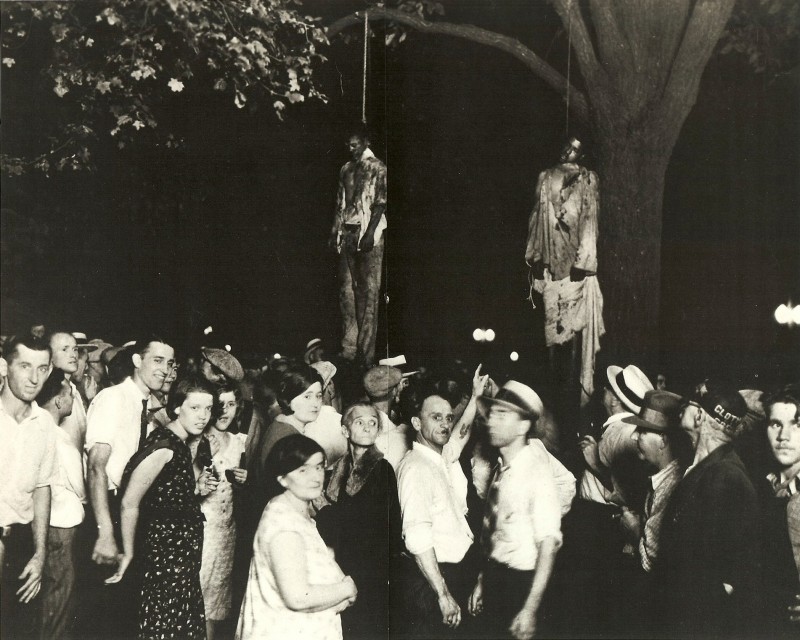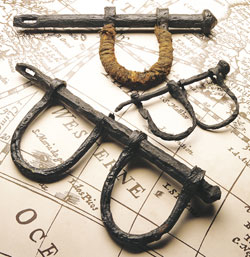Slave-Built Infrastructure Continues to Generate Massive Wealth for State Economies
Share
Explore Our Galleries
Breaking News!
Today's news and culture by Black and other reporters in the Black and mainstream media.
Ways to Support ABHM?

By Joshua F. J. Inwood and
Anna Livia Brand, The Conversation
American cities from Atlanta to New York City still use buildings, roads, ports and rail lines built by enslaved people.
The fact that centuries-old relics of slavery still support the economy of the United States suggests that reparations for slavery would need to go beyond government payments to the ancestors of enslaved people to account for profit-generating, slave-built infrastructure.
Debates about compensating Black Americans for slavery began soon after the Civil War, in the 1860s, with promises of “40 acres and a mule.” A national conversation about reparations has reignited in recent decades. The definition of reparations varies, but most advocates envision it as a two-part reckoning that acknowledges the role slavery played in building the country and directs resources to the communities impacted by slavery.
Through our geographic and urban planning scholarship, we document the contemporary infrastructure created by enslaved Black workers. Our study of what we call the “landscape of race” shows how the globally dominant economy of the United States traces directly back to slavery.
Looking again at railroads
While difficult to calculate, scholars estimate that much of the physical infrastructure built before 1860 in the American South was built with enslaved labor. Railways were particularly critical infrastructure.
According to “The American South,” an in-depth history of the region, railroads “offered solutions to the geographic barriers that segmented the South,” including swamps, mountains and rivers. For inland planters needing to get goods to port, trains were “the elemental precondition to better times…”
Read the full article here
Learn more about enslaved built structures here
More Breaking News here.









Comments Are Welcome
Note: We moderate submissions in order to create a space for meaningful dialogue, a space where museum visitors – adults and youth –– can exchange informed, thoughtful, and relevant comments that add value to our exhibits.
Racial slurs, personal attacks, obscenity, profanity, and SHOUTING do not meet the above standard. Such comments are posted in the exhibit Hateful Speech. Commercial promotions, impersonations, and incoherent comments likewise fail to meet our goals, so will not be posted. Submissions longer than 120 words will be shortened.
See our full Comments Policy here.